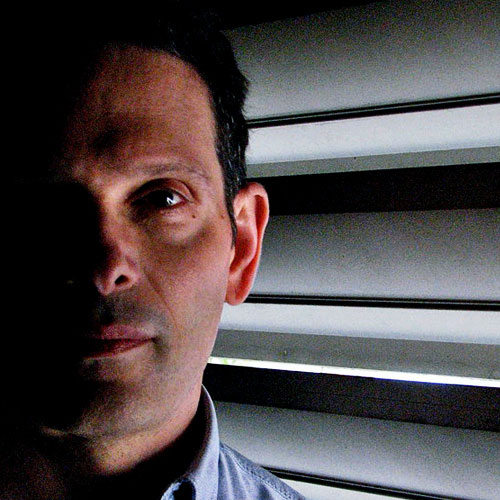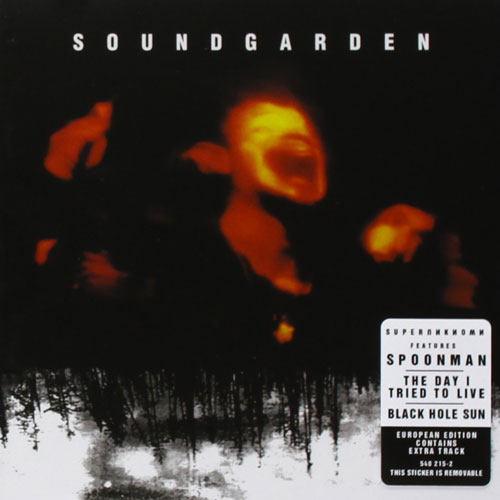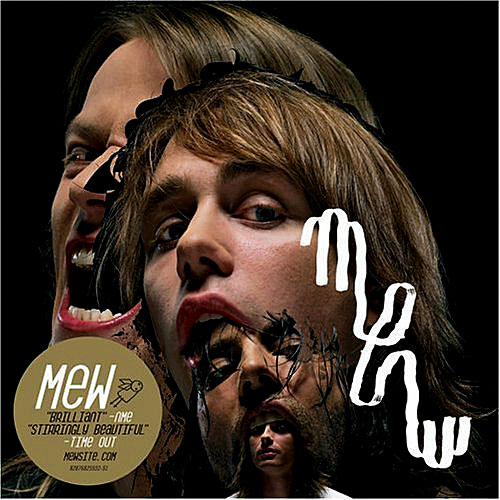Beinhorn on Pre-Production
A Record Producer on the Importance of Recording Pre-Production
By Michael Beinhorn
Pre-Production
A few months ago I met with a band who were planning their next recording. We began discussing time frame and logistics in order to figure out how their time and money would be best spent. At some point in the conversation, I casually enquired about how many days they had allotted for pre-production.
Slack-jawed and confused, to a man, the band and their management all stopped speaking and stared at me as if I’d just recited a sonnet in Ancient Greek.
“Pre-production? What’s that?”
Over the past 10 years, I’ve become increasingly surprised by how many artists are ready to waltz straight into a recording studio without doing pre-production or prep-work. Still more surprising is how often people who comprise the support teams of many artists - such as managers, A&R, publishers, even some record producers - completely ignore pre-production because they figure it’s unnecessary or a waste of time.
A Few Basic Premises
Actually, pre-production is one of the most essential stages of a recording project - perhaps the most essential. I see it as an insurance policy which guarantees that every aspect of every song I’m producing will be functioning properly (and the band or artist will be performing them as flawlessly as possible) by the time recording begins.
I can summarize the process of pre-production by breaking it down into four parts: analysis, discovery, revision and implementation/rehearsal.
First, the music is analyzed
Through that analysis, flaws are discovered; through discovery of these flaws, repairs are made and through rehearsal, the repairs are implemented and the music is improved. As well as improving an artist’s music, pre-production helps direct him to work methodically and, thereby, smarter. By introducing organization into the creative process - which, by its very nature, can be highly disorganized - pre-production saves time on a recording project (which also means saving money, and that is especially beneficial for artists with small budgets).
It also provides an opportunity for the artist(s) and the producer to work together under “real world” conditions, instead of initializing their working relationship in a recording studio. This approach tends to set a better tone for the rest of the project.
Of course, the pre-production process can be difficult and even awkward at times. There’s nothing comfortable about having your babies - the fruit of your creative womb - rent asunder by someone you barely know and don’t yet fully trust. However, the objective examination of your material prior to recording is also a necessity. In over three decades of producing records, nearly every artist I’ve worked with has acknowledged that the pre-production work we did played an essential role in taking their work to the next level.
Most of the recordings I’ve produced - such as Soundgarden’s Superunknown - wouldn’t even exist in their present forms without extensive pre-production. And that is the end result that always justifies the means.
Analysis and Discovery
Since I’m producing the artist’s music, I need to know it intimately. By listening to the artist’s demos, I develop an impression of the material and of the artist as a creative individual. This means I have to be everything from a songwriter to an arranger, to a psychoanalyst.
I listen to all the music we will be recording, as well as previous work the artist has done (including material he may have that is in various states of completion). All of this gives me greater insight - as well as context - to the music and the artist. By simply being aware of how the music is making me feel as I listen to it (whether that’s good, bad or indifferent) the impressions I form about it come naturally.
The listening process initiates an internal dialog in me.
That internal dialog involves questions such as:
• What do I feel is the artist’s intent?
• What is he saying - or trying to say - through his songs?
• How does he project himself into his songs?
• Am I getting a complete sense of who he is, or is something missing/being hidden?
• What is this artist’s strongest asset?
• What is he best at?
• What is his weakness?
• Does he rely on his strongest or his weakest asset to express himself musically?
I also start keeping notes that include my thoughts about the material (and fixes for problems I’m encountering), as well as the internal dialog and any additional impressions I may have. I also keep notes about how the band play together and how they use instrumentation to facilitate (or impair) each song. All these notes become an initial jumping-off point for the work we will be doing in pre-production.
I also make a habit of checking in with the artist to share my ideas, so he can start applying some of them to his songs. Initially communicating one on one is sometimes more relaxed than doing this while surrounded by a group of people in a rehearsal room. This makes it easier for the artist to feel comfortable with me and thereby, more receptive to input.
After a few weeks of prep-work, we are ready to begin pre-production.
Working With the Material (Revision)
Pre-production is always most effective when the artist/band shows up with songs as finished and rehearsed as possible (regardless of any changes that will be made to them). This may seem obvious, but some artists avoid addressing loose ends in their material (occasionally, until well into the recording process). As an example, when I began producing Untouchables for Korn, they had over 40 unfinished song ideas - nearly all of which were unusable. Inevitably, we scrapped everything, started over and the band wrote the entire record during a very lengthy pre-production that lasted seven months(!).
The revision process in pre-production is an extrapolation of the analysis and discovery I initiated while prepping the record. The artist/band and I start reviewing my notes regarding song fixes and ideas to be auditioned. The artist/band also discuss their feelings about the songs. Every question and uncertainty about each song is addressed and we must all agree that we are satisfied with whatever solution we have arrived at before moving on.
As a group, we begin peeling back layers of the music to reveal what’s at the core, deconstructing everything in order to see how it all interacts and then, gradually replacing those layers while reintegrating the structure into a far better state than when we began. We examine everything; we see what works and we change - or eliminate - what doesn’t.
Songs are interesting creatures, as are song structures. You always know when a song structure is working, because you’re not paying attention to the structure - you’re listening to the song. However, when a song structure is problematic, you can’t focus as easily on the song because the structural issues affect the song flow.
You may have a song with great parts or sections, but if they are structured poorly your great parts will be rendered meaningless. My experience is, you ignore structural issues in your songs at your own peril. If you don’t address them prior to recording, you will revisit the same issues later when they have become systemic; your options are more limited and your solutions more time-consuming.
When I analyze a song structure, I always consider the following elements. These categories tend to overlap, but I like to keep them separate for the sake of clarity:
1) Song Flow/Arrangement: how the song progresses and how this progression unites the song as a unified, integrated piece of music.
2) Dynamics: how elements develop in the song to maintain a listener’s interest.
3) Orchestration: which instruments are being used in the song and how.
4) Rhythmic Elements: how rhythms in the song interact and reinforce the song.
5) Integration: how all the elements integrate/interact with one another - or don’t.
Digging into the DNA of a song always illuminates it in new and unexpected ways. Hearing a familiar song shift drastically by changing the way it builds dynamically, by altering a drumbeat so it’s more supportive of a vocal line, or by adding a melodic bass line to reinforce and interact with a vocal melody, often gives the artist a new appreciation for his material.
Often, my suggestions encourage the artist to arrive at his own solution to a creative issue. This demonstrates how symbiotic and flexible the artist/producer relationship can be when they work as collaborators. I had such a dynamic when I worked with the Red Hot Chili Peppers. They were competitive and enjoyed the challenge of finding their own solutions to issues in their songs.
As they are revised, the songs gradually become more focused and some of them begin to exhibit weaknesses that cannot be repaired. Generally, these weaker songs simply can’t be improved since their issues are more systemic than symptomatic. At that point, they are usually eliminated.
Page: 1 2
|
|

|

The Swell Season |
LATEST GALLERY IMAGES

Where Israel Goes, Misery Follows 
The Kanneh-Masons |
|
|






